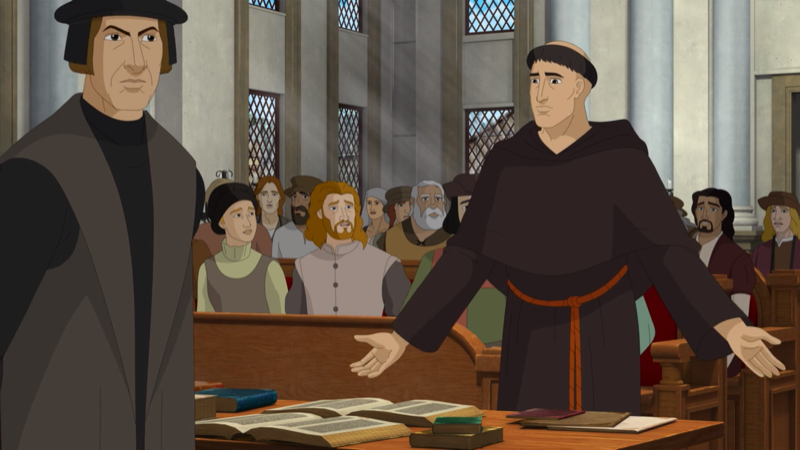Back in the 1500s Martin Luther, a professor of moral theology, struggled to find forgiveness for his sins. He punished his body and tried to do good deeds for others whenever possible. Nothing gave him peace until reading the Bible fully, where he realized that trusting Jesus is the only way to be right with God.
That changed everything for him in a realization he never forgot. It led him to question the church’s practices at the time, one of which was charging Christians money to release the deceased from the penalties of their sins while they were alive. The idea was that those departed could not move onto heaven because of those sins, but the monetary payment would forgive those sins. A similar pattern emerged for those still alive in the form of purchasable indulgences.
Luther’s own experience with the Bible threw that into question; those practices felt like an abuse of the church’s authority. Surely the repentance to Christ for one’s sins must also be a heartfelt internal one, rather than simply an external gesture that he felt discouraged people from introspection and real growth.
He felt compelled to challenge those traditions openly. He wrote his 95 Theses to do just that, and nailed them to the wall of the All Saints Church. All it took was one little nail, one well-written scroll, and Luther’s sharp-tongue to turn everything upside down!
He didn’t mean specifically to spark the Reformation with his 95 Theses, but it started a schism within the church that had long lasting repercussions.
Get Torchlighters: The Martin Luther Story to find out how Luther handled the threats of Pope Leo X and Emperor Charles V. Also, be sure to download our 5 Solas coloring page for children!

